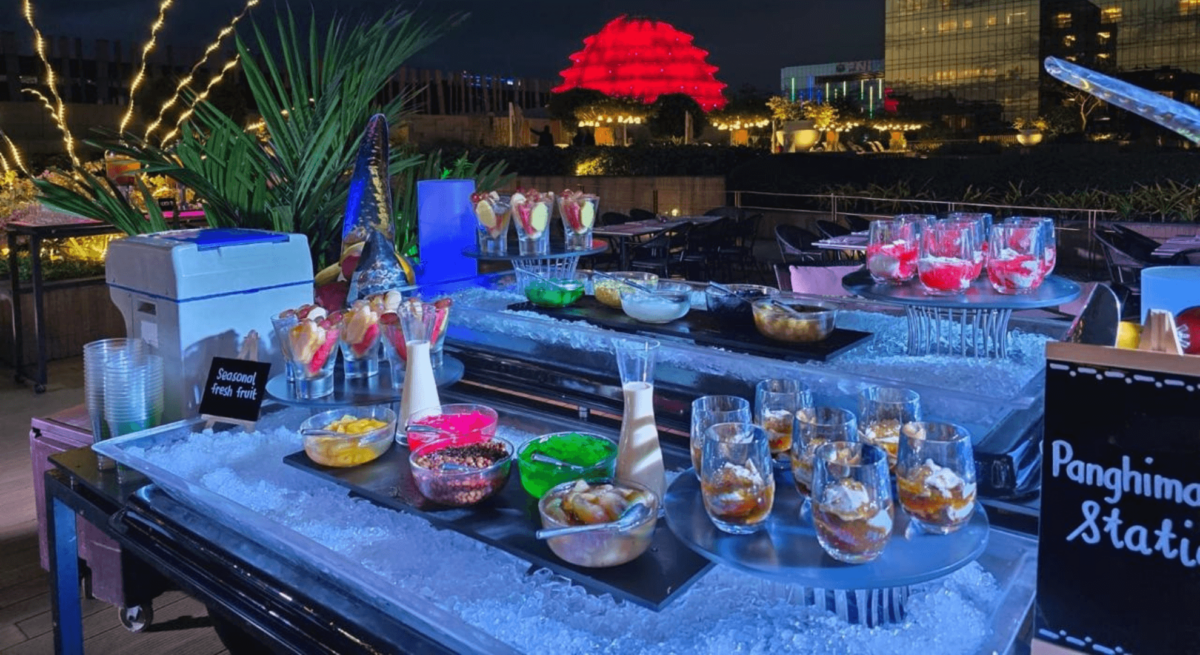In 1864, American President Abraham Lincoln abolished slavery after a civil war that was fought between the Confederates (slave states) and the Union states that were against slavery.
It was Lincoln who defined, in clear, simple words that everybody could understand, what democracy means: a government of the people, by the people and for the people.
Other forms of government such as monarchy, theocracy, totalitarianism and military dictatorship simply don’t fit Lincoln’s definition of democracy.
What fits is Lord Acton’s view: All power tends to corrupt; absolute power corrupts absolutely. Ditto with Sir Winston Churchill’s opinion: Democracy is the worst form of government, but there is nothing better than it.
Lincoln’s vision was prophetic. There have been many political upheavals ignited by mass demonstrations that were transformational, and which led to a government that was truly of the people, by the people and for the people.
Our recent protest in Luneta against the pork barrel system serves as an advanced and classy model for mass demonstrations. It was leaderless but orderly, highly involving but restrained—and cheerful, like most Filipinos are when expressing sincere feelings.
Here are some lessons from people-driven revolutions.
Storming of the Bastille
The corrupt and inept French monarchy, bogged down by inflation, massive food shortages and an oppressive bureaucracy, drove a half-crazed mob to storm the prison fort Bastille in 1789. It ignited the French Revolution and resulted in two years of lawlessness and killing sprees.
Divisions among the ruling elite, aristocrats, landowners, the urban and rural poor resulted in widespread anarchy and wanton killings driven by class hatred. Mock trials and decapitation by guillotine were the tools of terror by the revolutionists.
Influenced by democratic principles and the ideals of the Enlightenment, the French Revolution led to the abolition of the monarchy, the aristocracy and the church, in favor of the radical and the secular sectors of society.
A democratic republic evolved which, in turn, became itself authoritative, militaristic and property-based. Brutal, bloody and murderous, the French Revolution is the mother of all people rebellions.
March to Washington
Racist states in the American South practiced segregationist policies, as a result of which black Americans suffered great indignities.
Among the activists who fought for civil rights was Martin Luther King Jr., an eloquent evangelical preacher. To dramatize the fight against the injustices suffered by black Americans, King led a people’s march to Washington, DC in 1963.
Some 200,000 people from all walks of life and all colors of skin joined the march, which assembled under the shadow of the Lincoln Memorial.
It was here that King delivered his electrifying oratory, “I Have a Dream.”
His eloquence and libertarian emotions reverberated throughout America, all the way to the Oval office of a mesmerized President Jack Kennedy.
In 1964, a year after the march to Washington, Kennedy pushed for the passage of the Civil Rights Act, and segregation was outlawed.
The Velvet Revolution
What began as a small student gathering in Prague, Czechoslovakia, in 1989, that was suppressed by riot police evolved into a series of massive public demonstrations that led that country’s Velvet Revolution.
A cross-section of the citizenry—students, academics, artists, laborers, bureaucrats—banded together to demand reforms from the communist regime. Strikes and demonstrations voiced out demands for economic reforms, free speech, the rule of law and lower prices of goods.
Under great pressure from the public, the entire top leadership of the Communist Party resigned and announced the dismantling of the one-party state.
In time, democratic elections were held, and activist playwright and poet Vaclav Havel was elected the first president of the Czech Republic in 1993.
Tiananmen Square Massacre
The mass demonstrations in Beijing’s Tiananmen Square in 1989 started as a student gathering to mourn the death of a liberal government official. But it soon became a venue to express outrage against corruption in government, injustices and abuses committed against citizens and against the lack of opportunities for the youth to exercise freedom of speech.
The protest started peacefully, drawing sympathizers from Beijing and other big cities. When the demonstration gained considerable size, strength and momentum, the alarmed Chinese government tried to disperse the crowd. But the students and protest leaders refused.
Fearing destabilization, the government resorted to a military solution by declaring martial law. On June 4, more than a month later, the Chinese Army broke the massive demonstrations using tanks and assault rifles, firing bullets at the crowd on Tiananmen Square and other city streets where people continued to protest.
Some 6,000 people were estimated to have been killed and 30,000 wounded. The purge and arrests of people suspected of disloyalty to the Chinese government followed.
Burma’s Saffron Revolution
The citizens of Burma, or Myanmar, had long suffered under the reign of a brutal, totalitarian military junta. When the government removed a gasoline subsidy, which effectively raised the costs of power and transportation by 66 percent, the public rose in protest.
The first demonstrators were a few activists and students who were quickly arrested and jailed. Then thousands of monks in their crimson robes filed out of the monasteries and filled the streets, igniting mass protests that spread throughout Burma. A brutal military crackdown ended the revolution.
But the Burmese people’s fight continued. Recently, the military junta began instituting political reforms, gradually restoring democratic structures and releasing its most famous political prisoner Aung San Suu Kyi.
Edsa 1
The Philippines’ People Power Revolution, or Edsa 1, was unique. It was bloodless, even if two armies were poised to fight it out on Edsa. But they didn’t. Marcos could not bear to give orders to shoot at the huge crowd that formed a human barrier between the two forces.
The predominant behavior and mood of the three-day revolt was akin to a Catholic fiesta. Our faith, which respects the sanctity of life and Christ’s tenet about turning the other cheek, became our source of strength during those times.
The iconic memories of Edsa 1 include Jaime Cardinal Sin’s voice on Radio Veritas urging people to assemble and protect the lives of rebel soldiers; the nuns in kapit-bisig, rosaries in hand; and ordinary people holding aloft crucifixes and statues of the Blessed Virgin to stop the rumbling tanks.
Nobody got killed. A lot of prayers were said. The dictator was ousted. That was us at Edsa 1.
E-mail the author at hgordonez@ gmail.com.












































